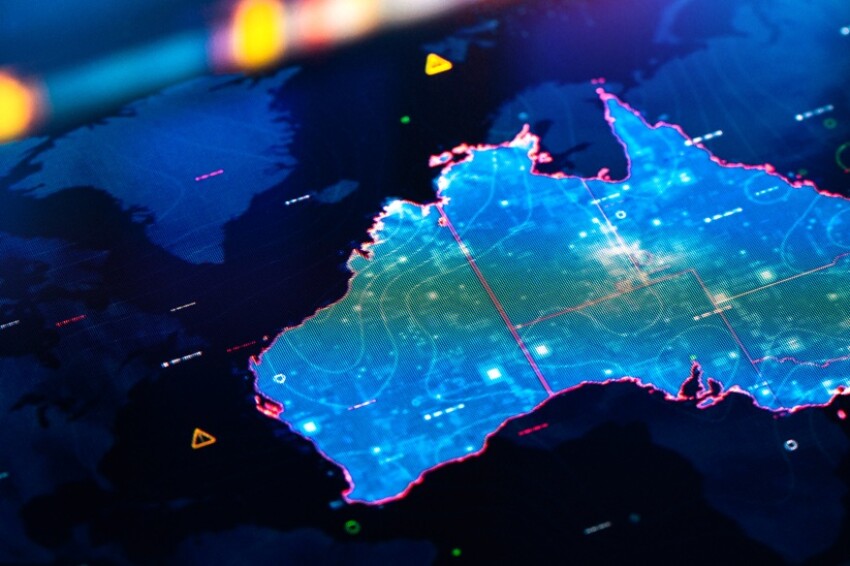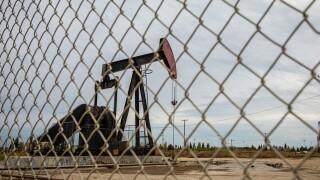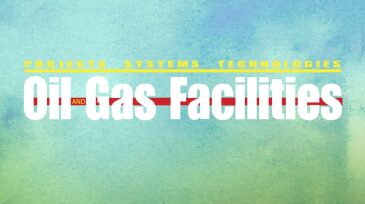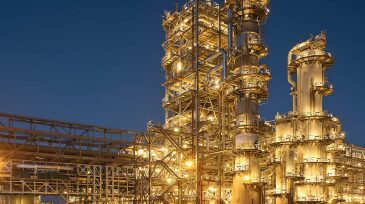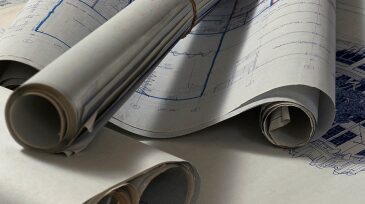Onshore/Offshore Facilities
Estimates commissioned by the Australian government suggest that increasing efficiency will lower costs for decommissioning offshore Australia.
This paper introduces an AI-driven digital fencing system designed to boost security in oil and gas fields. The main objectives are to improve security and safety of oil and gas facilities while addressing the limitations of legacy physical barriers, reducing false alarms, and eliminating the dependability on the grid in favor of renewable energy.
The contract will cover the design and manufacturing of tree systems, flexible flowlines, a manifold, and controls, as well as installation of the subsea production system.
-
The industry’s experience thus far drilling offshore the Arctic is a powerful argument to build a new generation of vessels and drilling rigs purpose built for operations in heavy ice.
-
Linhua4-1 was China’s first tieback subsea development project. To develop this marginal oil field, a number of technical challenges were overcome through a series of new technologies, and their successful development and implementation.
-
As offshore development moves into deeper waters, harsh environments, and longer distances, the economic and practical advantages of moving as many components to the seafloor as possible has become a driving factor in technology development.
-
LNG will increasingly be the way to bring stranded gas to market so that it can meet demands for clean-burning fuels. LNG basics for engineers was the subject of a recent webinar presentation.
-
Modularizing components for facilities sounds like a great idea, but may not be as simple as it seems. The lack of standards is a major impediment. You have to know that parts will work together. But the process of modularization has started and will continue.
-
The paper assesses the technology implications of migrating LNG floating production, storage, and offloading (FPSO) concepts to inshore service.
-
A rigorous modeling approach is developed for effective management and inventory analysis of natural-gas storage in underground salt caverns.
-
This paper describes Saudi Aramco’s efforts to eliminate early foaming incidents during the commissioning stage of the Karan nonassociated (NA) sour-gas field.
-
In the next 20 years, there will be a large increase in global natural-gas demand, with an average growth rate of more than 1.8% per year. The top two leading countries in rising gas demand are China (7% per year) and India (4.7% per year).
-
There is an increasing need to understand the strength and durability of subsea wellheads and conductors.

